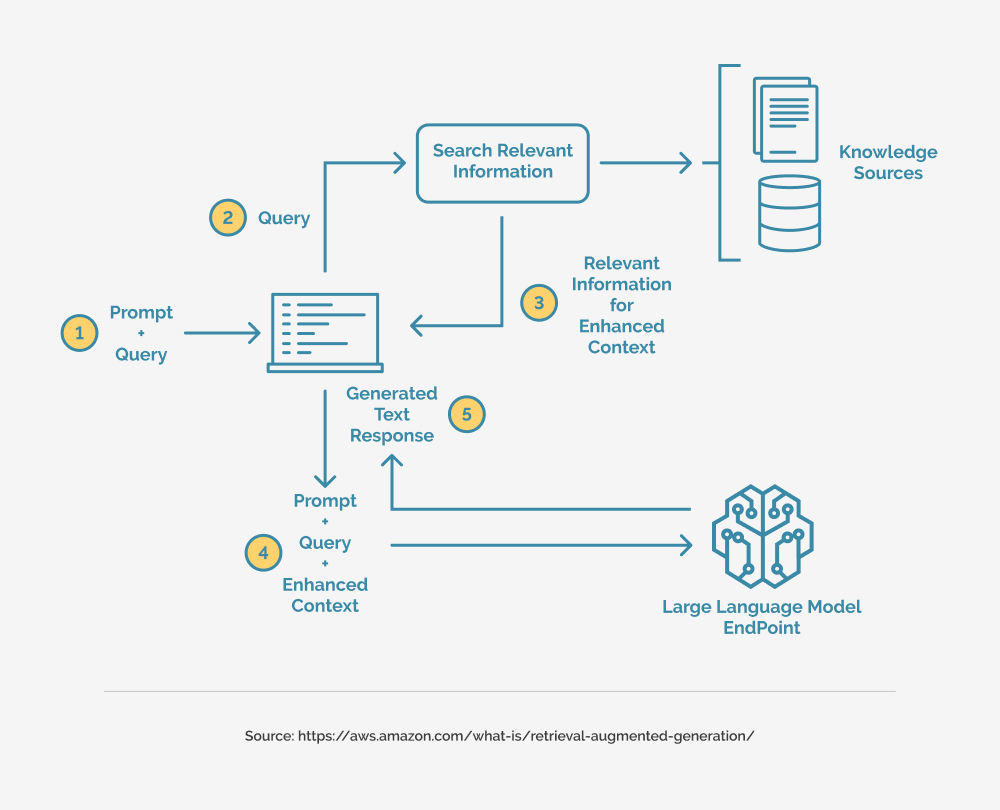Borrow From Fiction’s Toolbox to Elevate Your Nonfiction Book
Nonfiction authors can adopt some of the tricks novelists use to make readers care deeply about the topic and want to keep turning the pages.


Today’s post is by author and book coach Amy L. Bernstein.
You aim to write a nonfiction book full of big, serious ideas and loads of juicy facts. You organize your research, refine your thesis, and begin outlining sections or chapters.
The last thing on your mind is fiction and the world of made-up stories. After all, you’re intent on packing as much truth, reality, and analysis into your book as possible. Novelists do the opposite: they invent characters who proceed to emote all over the page, fabricate tension and drama and all manner of coincidences, and then wrap the story up with a neat bow.
But are these two writing crafts really like oil and water? Not nearly as much as you might think.
I’m going to highlight specific techniques borrowed from the novelist’s craft that can elevate a non-academic nonfiction book (other than memoir) so that it is “unputdownable” and readers will want to keep turning the pages.
But first, a brief epistemological excursion into what it means to write the “truth” because this is often a sticking point for anyone steeped in nonfiction as both a writer and a reader. If you’re in this camp, you might assume writing what’s true means writing only what can be empirically supported by the weight of evidence (physical, scientific, mathematical, statistically validated, etc.), laid out as an unassailable argument that privileges logic and strict chronology.
This mindset implies that anything that smacks of “fiction”—any scenario that involves manipulating the reader’s emotions, moving backwards and forwards in time, or withholding information to build suspense, for example—will taint a serious work of nonfiction and by extension, taint the author’s credibility.
Let me set your mind at ease. Fiction offers a set of tools and techniques that fundamentally enhance narrative storytelling in all its forms. When we borrow the fiction toolbox for our nonfiction, we’re not compromising our version of “reality” or “truth.” Rather, if we do it right, we’re making the author’s view of what’s real and true even more accessible, relatable, and meaningful.
As Francis Bacon once wrote, “Truth is so hard to tell, it sometimes needs fiction to make it plausible.”
In a similar vein, the acclaimed author Tim O’Brien, who writes fiction and nonfiction, noted that fiction is for “getting at the truth when the truth isn’t sufficient for the truth.”
So I ask you, dear nonfiction author: If it’s the “truth” you’re after, why not take advantage of all that fiction has to offer to help you do just that with great impact?
5 hallmarks of fiction to adapt for nonfiction
1. Tell stories
Many nonfiction authors I work with underestimate the power of a good story to drive home a critical point. They’re eager to marshal historical facts, state a problem, display data, or get into the how-to of it all.
This is all well and good, but readers still need a way into your argument and a reason to value your guidance. Readers need a way to connect with your material—and with your voice as the authority on the page.
Your reader is not the hyper-rational creature you envision. We humans tend to respond to stories (we’re hardwired for them) because they help us to make sense of the world—to make meaning from narrative.
Rebecca Skloot could have written The Immortal Life of Henrietta Lacks primarily as a dry case study of medicine and bioethics. But she didn’t. She brought to life the tale of Lacks, her family, and her life and times. She told Henrietta’s story. That approach deeply enriched—and helped create meaning and context—for complex bioethical questions that resonate to this day.
2. Develop characters
A compelling nonfiction book isn’t only chockful of ideas, it’s also filled with complex people who make history, destroy evidence, cover up misdeeds, save lives, and so forth. The author’s job is to curate a cast of characters who can do the best job of illuminating the salient events and turning points for the period the book covers. (This holds true even outside of biography.)
Identify the main “characters” in your book. Select a variety of people who made an impact, whether for good or ill. Don’t be afraid to cast them as heroes and villains while respecting the boundaries of your argument. Look for colorful and telling details that bring these people to life—warts and all.
Truman Capote’s landmark nonfiction murder investigation, In Cold Blood, borrows many fictional devices, including powerfully drawn characters. Capote infuses the two murderers, Perry Smith and Dick Hickock, with psychological depth. He explores their personal histories, motivations, and emotional struggles as a novelist would. The book may be too histrionic for some tastes, but these traits not only make it highly readable, they remind us that killers are people too.
3. Build suspense
In fiction, suspense builds anticipation and makes the reader care about what happens next. Suspense requires that the reader not know everything—certainly not all at once, or in chronological order—about how events turn out or how people end up.
You might think suspense is anathema in nonfiction, where the whole point is to tell people stuff, not withhold it. But that’s not the case. A nonfiction book devoid of all suspense will simply pile one incident upon another, with no variability in the timeline or the pacing. This leads to the kind of book where “this happened, then that happened, then another thing happened”—the kind of book nobody finishes.
Jon Krakauer’s Into The Wild, about the life and death of Christopher McCandless, is filled with suspense even though the author tells us in the first paragraph that the young man’s “decomposed body was found by a party of moose hunters” four months after he trekked into the Alaskan wilderness. As in a great novel, the book’s suspense hangs on how and why this happened, which is not told in an entirely straightforward manner. You can do a lot with suspense in nonfiction by building up questions around how, why, and when.
4. Show conflict
It’s difficult to write about any aspect of human experience without including conflict. Indeed, conflict is often the lifeblood of any book. Too often, however, nonfiction writers don’t think consciously about the need for developing conflict or how to go about it. Think of ways to force contradictory ideas, laws, policies, and people to rub against one another in your book as a result of competing values or agendas. Highlighting conflict is important for effective storytelling and a vital component of a book’s structure.
In Bad Blood, the classic study of the infamous Tuskegee Study that allowed black sharecroppers infected with syphilis to go untreated, author James H. Jones does not shy away from showcasing multiple conflicts involving Black oppression, racism in general, and medical neglect, for starters.
5. Shape an arc of change
In fiction, an “arc of change” is a term of art that refers to how a protagonist changes from the beginning to the end of the book, whether psychologically, physically, or in other ways. Nonfiction can and should take advantage of this technique to build a sense of momentum. One way is to take the reader on a profound learning journey where they gain new insights, maybe a whole new outlook on life, by the time they finish.
Another approach is to show us progressive changes in, say, the book’s central subject. A great example is Jonathan Haidt’s The Anxious Generation, which tracks the decline of the “play-based childhood” and the rise of the “phone-based childhood.”
Use whatever works to engage the reader
It’s high time we tear down the artificial walls separating the art of fiction from nonfiction. There’s plenty to admire in both forms, and writers should feel free to beg, borrow, and steal across these boundaries.
If you want to write a nonfiction book that keeps readers engaged up to the end, then you’ll need to do a lot more than compile boatloads of information, no matter how groundbreaking. You need to write stories that give us flesh-and-blood people, loaded stakes, emotional reality, and a reason to care about the topic. Thinking (and writing) like a novelist won’t undermine your credibility as a subject-matter expert. But it might help you write a book that’s a lot more fun to read.





















![AI Search & SEO: Key Trends and Insights [Webinar] via @sejournal, @lorenbaker](https://www.searchenginejournal.com/wp-content/uploads/2025/04/conductor_ap_may2025-637.png)


























![The 11 Best Landing Page Builder Software Tools [2025]](https://www.growthmarketingpro.com/wp-content/uploads/2024/04/best-landing-page-software-hero-image-1024x618.png?#)

























































































